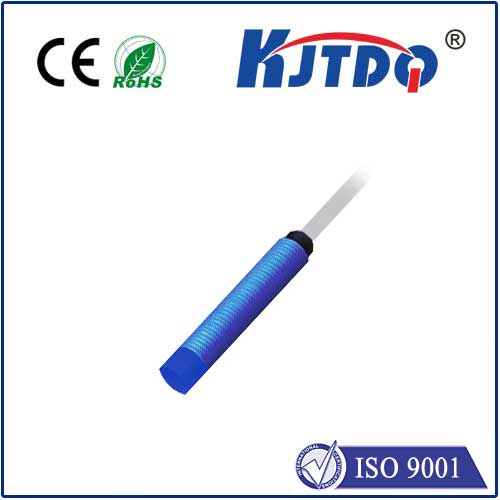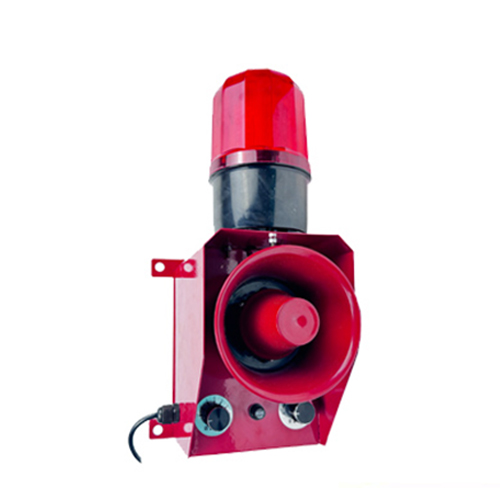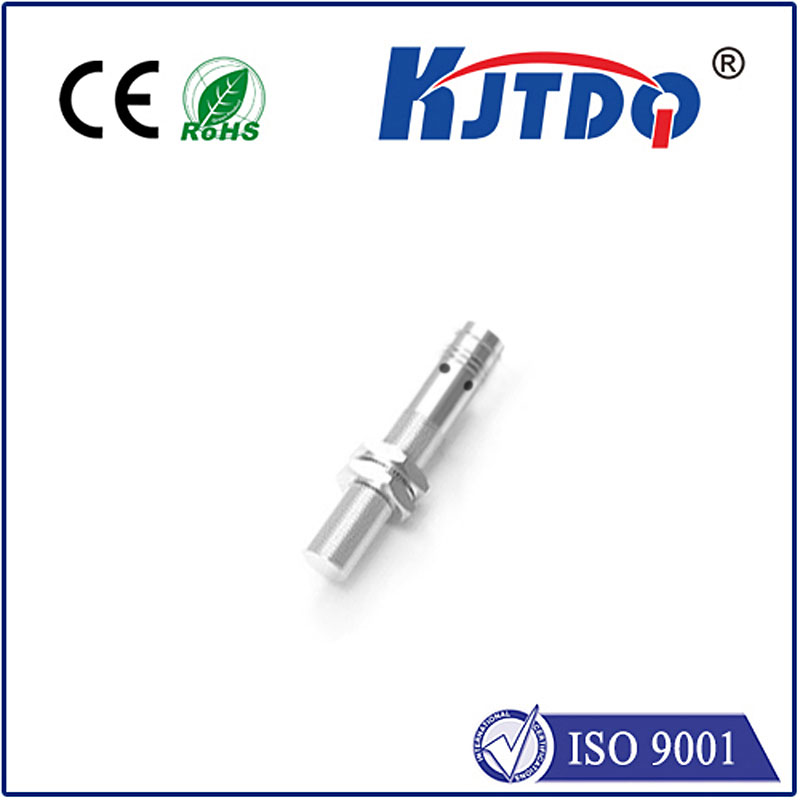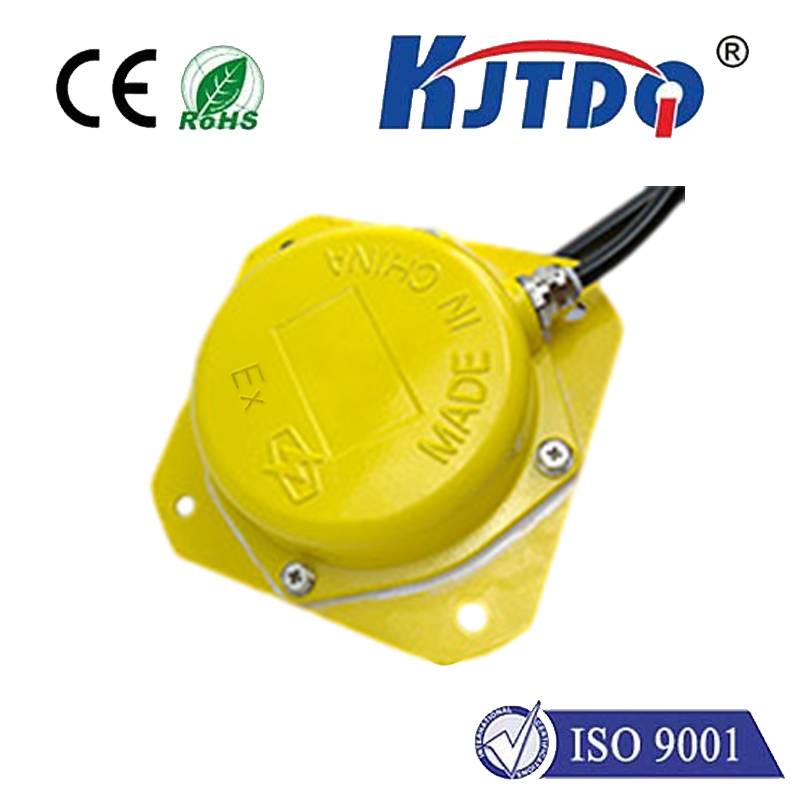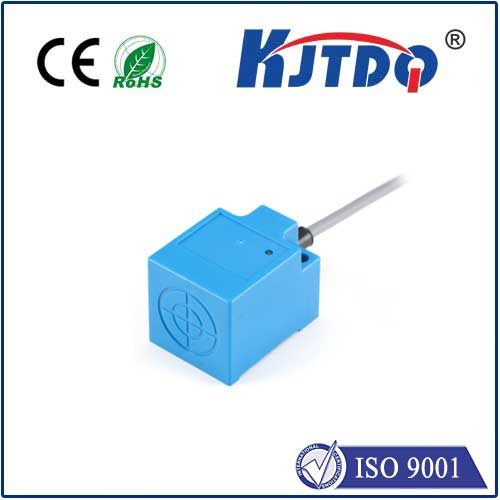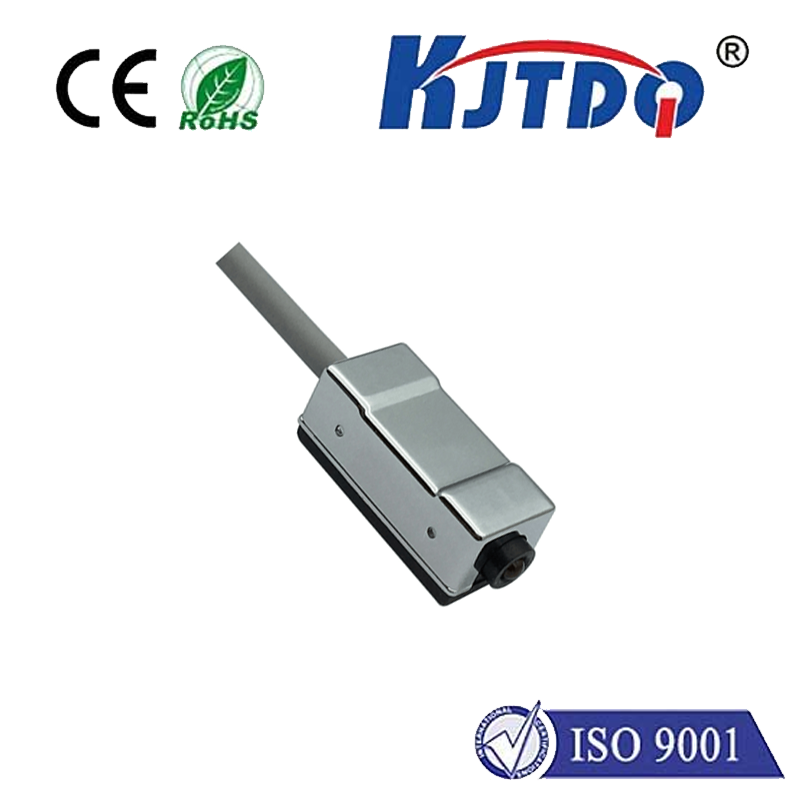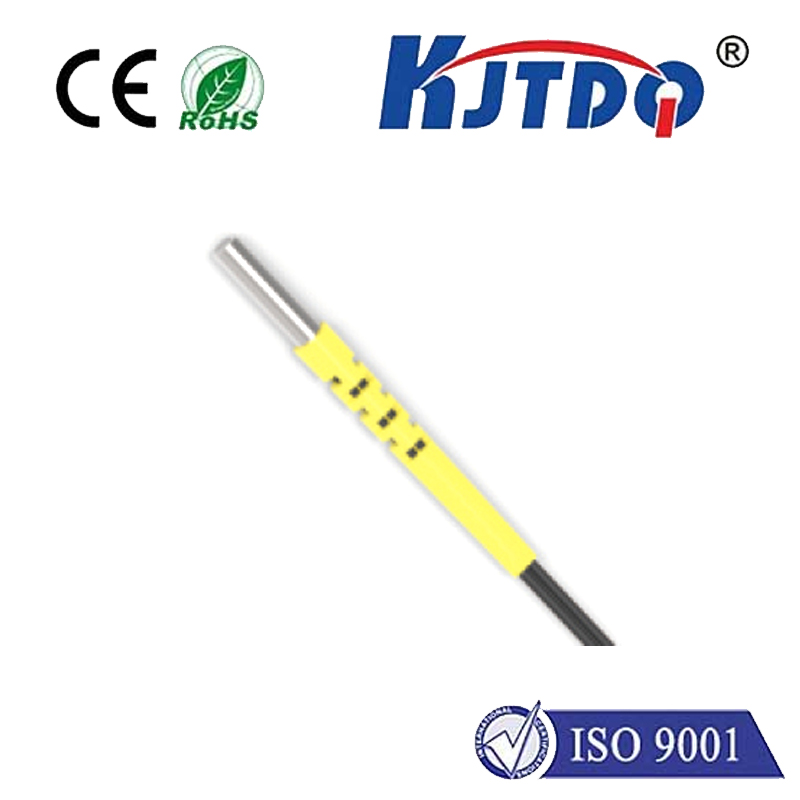heavy duty limit switch
- time:2025-09-12 03:47:29
- Click:0
Industrial Guardians: How Heavy Duty Limit Switches Ensure Machinery Safety and Efficiency
Imagine a massive industrial crane smoothly lifting tons of steel, or an automated assembly line precisely positioning heavy components. Now, imagine the catastrophic potential if that motion didn’t stop exactly where it should. This is the critical moment where the heavy duty limit switch steps in, acting as the unsung hero ensuring operations halt safely and accurately under demanding conditions. Far beyond simple on/off buttons, these robust components are fundamental pillars of industrial safety, control, and efficiency.
Understanding the Heavy Duty Limit Switch: More Than Just a Switch
At its core, a limit switch is an electromechanical device that detects the presence or absence of an object, or monitors the movement of a machine part, and sends an electrical signal based on its position. What sets a heavy duty limit switch apart is its engineered resilience. Designed specifically for harsh industrial environments – characterized by extreme temperatures, high impact forces, heavy vibration, pervasive dust, moisture, corrosive chemicals, and significant mechanical wear – these switches are built tough. They are the workhorses deployed where standard switches would quickly succumb to failure.
Where the Heavy Lifting Happens: Key Applications
The resilience of heavy duty limit switches makes them indispensable across diverse and punishing sectors:

- Material Handling & Conveyance: Governing travel limits on cranes, hoists, overhead conveyors, forklift mast heights, and automated guided vehicles (AGVs), preventing collisions and overtravel.
- Construction & Heavy Machinery: Controlling movement on excavators, bulldozers, pavers, and drilling rigs, ensuring booms, buckets, and platforms operate within safe parameters.
- Agriculture & Forestry: Withstanding the dust, mud, vibration, and chemical exposure inherent in tractors, combines, harvesters, and forestry equipment for position sensing.
- Mining & Quarrying: Operating reliably in incredibly dusty, wet, and high-impact environments to control crushers, screens, conveyors, and haul trucks.
- Steel Mills & Foundries: Tolerating extreme heat, furnace slag, heavy shock, and continuous vibration in rolling mills, casting lines, and manipulators.
- Power Generation: Ensuring safe operation within boilers, turbines, and dam gate controls amidst vibration and temperature extremes.
- Waste & Recycling: Functioning reliably in dirty, wet, and corrosive conditions prevalent in sorting lines, compactors, and shredders.
The Defining Features of Durability: What Makes Them “Heavy Duty”?
It’s not merely a marketing term. True heavy duty limit switches possess distinct characteristics engineered for survival and longevity:
- Rugged Construction: Enclosures are typically crafted from robust materials like cast metal (zinc, aluminum) or high-impact engineering thermoplastics.
- Superior Sealing (IP Ratings): High Ingress Protection (IP) ratings (e.g., IP65, IP66, IP67, IP69K) are crucial, indicating effective resistance against dust ingress and water jets or immersion, essential for machinery safety in dirty or wet conditions.
- Robust Actuators: Mechanisms like heavy-duty levers (often roller or paddle type), push rods, or spring-return designs are built to withstand significant force, impact, and repeated cycling without bending or breaking. Weld immunity (resistance to weld spatter) is often critical in fabrication settings.
- Vibration & Shock Resistance: Internal components are secured and dampened to function reliably despite constant shaking and sudden impacts. Heavy duty mounting options ensure the switch stays firmly in place.
- Extended Electrical Ratings: Designed to handle higher current loads and voltage fluctuations common in industrial power systems, often featuring robust contacts made from durable materials like silver alloy.
- Wide Temperature Tolerance: Capable of operating reliably in temperature extremes, from freezing cold storage to the intense heat near furnaces.
- Chemical & Corrosion Resistance: Enclosures, seals, and actuators are often treated or made from materials resistant to oils, greases, solvents, and corrosive substances.
Choosing the Right Heavy Duty Limit Switch: Key Considerations
Selecting the appropriate heavy duty limit switch is vital for optimal performance and longevity. Key factors include:
- Type of Actuation: Match the actuator style (lever, roller, plunger, fork lever) to the motion being sensed (linear, rotary) and the force applied.
- Environmental Conditions: Assess the specific threats – levels of dust, water, chemicals, temperature ranges, vibration intensity, and risk of impact. This dictates the required IP rating and construction materials for environmental protection.
- Electrical Requirements: Ensure the switch’s voltage, current (amperage), contact configuration (NO/NC), and electrical circuit type (AC/DC) match the control circuit needs.
- Mechanical Load & Force: The switch must be rated to handle the anticipated physical forces applied to its actuator and body.
- Mounting Constraints: Consider physical space limitations and the available methods for secure heavy duty mounting.
- Required Repeatability & Accuracy: How precisely and consistently does the switch need to detect the target’s position?
- Required Durability (Life Expectancy): Consider the expected number of operational cycles the switch needs to endure reliably.
Beyond Prevention: The Critical Role in Safety and Cost Control
The primary function of a heavy duty limit switch is machinery safety. By reliably detecting end-of-travel positions or unsafe conditions, they prevent:
- Equipment collisions and damage
- Structural overloading
- Potential injury to personnel
- Catastrophic machine failures
However, their value extends beyond safety:
- Enhanced Process Control: Ensuring machines stop and start at precise locations is fundamental for automated sequencing and quality production.
- Reduced Downtime & Maintenance Costs: By reliably performing in harsh environments, they minimize unexpected failures and the associated production stoppages and repair costs. Their rugged construction directly translates to reliability.
- Extended Equipment Life: Preventing overtravel and collisions protects expensive machinery components from premature wear and damage.
- Operational Efficiency: Enabling precise positioning and control contributes to smoother, faster, and more efficient operations.
Conclusion: The Indispensable Workhorse
In the demanding world of industry, where precision, safety, and uptime are paramount, the heavy duty limit switch is far more than just a component; it’s a critical safeguard and an enabler of efficient operation. Its robust design, tailored for harsh environments and built to endure relentless punishment, ensures that machinery operates safely, reliably, and within its intended limits. Investing in the right heavy duty limit switch and ensuring its proper selection, installation, and maintenance is not just an operational decision, but a fundamental commitment to safety, productivity, and the long-term health of valuable industrial assets.






